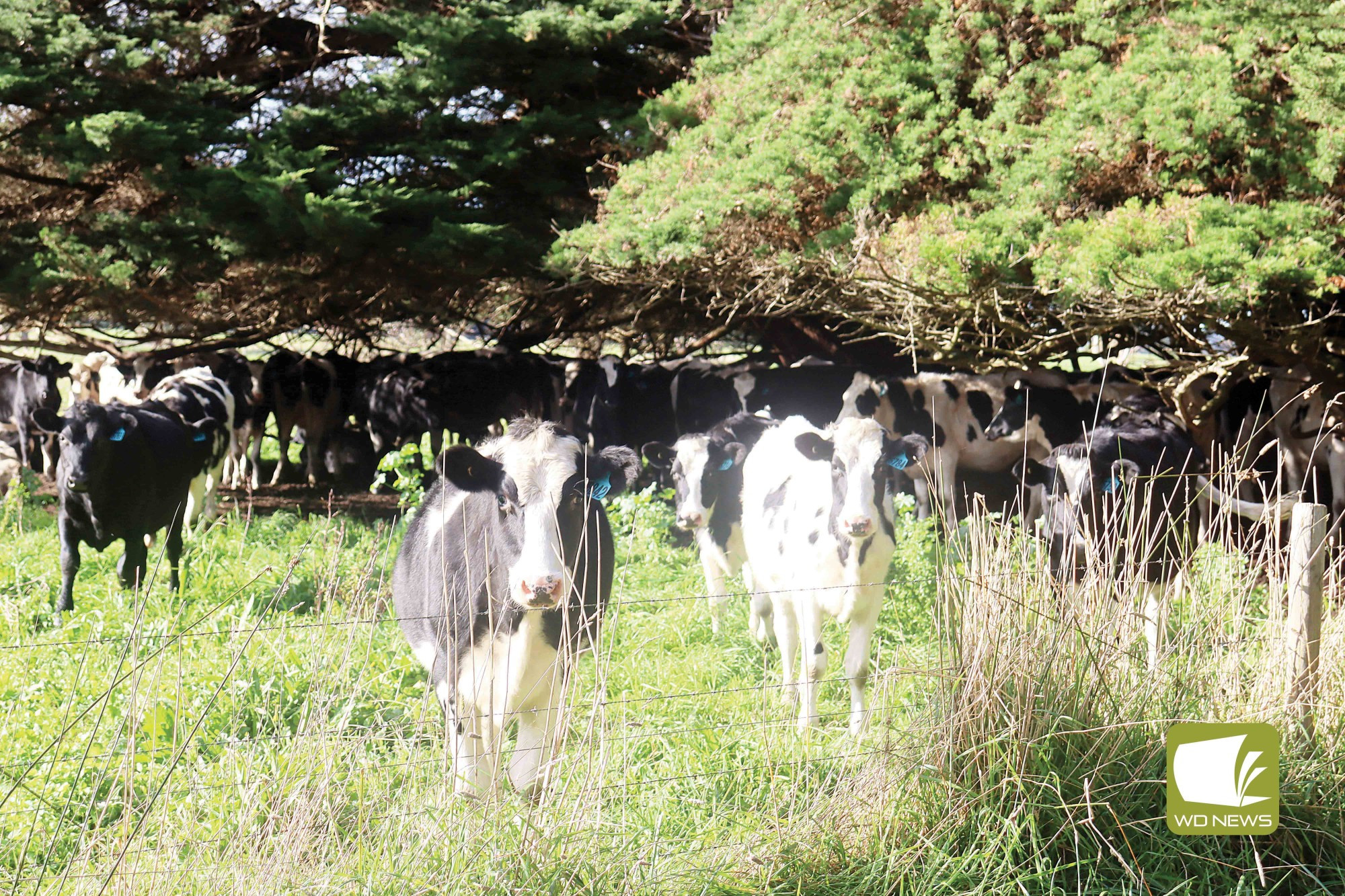General News
20 June, 2023
Dairy outlook looks promising
MOST Australian farming businesses expect to be profitable this season, after being offered historically high farmgate milk prices, according to the May 2023 Situation and Outlook Report from Dairy Australia.

MOST Australian farming businesses expect to be profitable this season, after being offered historically high farmgate milk prices, according to the May 2023 Situation and Outlook Report from Dairy Australia.
The report also revealed 84 per cent of dairy farmers are feeling positive about their own businesses.
With past downturns and variable seasonal conditions, many farmers are taking a conservative approach to operating their businesses and prioritising stability over expansion as a worker shortage and weather challenge business growth.
Climate is a concern for 40 percent of Australian farm businesses - partly driven by the unpredictability experienced over recent seasons.
However, previous wet seasons have helped prepare the dairy industry for the drier conditions of an El Nino event likely to form later this year.
With plenty of irrigation water around and some improvements in feed availability, this will help take the edge off high input prices and market challenges.
In the May 2023 Situation and Outlook Report, Dairy Australia was projecting the milk pool will stabilise in the 2023/24 season.
While workforce challenges and farmers exiting the dairy sector continue to weigh on production, there is some modest potential for growth.
“Competition to secure milk will continue to be strong in 2023/24 and farmgate milk prices likely to remain above average,” said Dairy Australia’s industry analyst Eliza Redfern.
“Falling export commodity prices are impacting dairy processor returns and incentivising imports, but a tight milk pool ensures the need for supply is strong.
“Consumer purchasing power has tightened and high-priced plant-based products are taking a hit. There are now less households purchasing plant-based beverages, with more householdsexclusively
buying milk at 58.7 per cent and the majority of households purchasing dairy overall.”
Competition has become an increasingly important driver for the Australian dairy industry.
While firm Australian export commodities are potentially opening the door to reduced export market share, the domestic market has provided an avenue for robust returns for processors.
Considering largescale changes to shopper behaviours, dairy continues to generate significant value through the retail sector, proving more sustainable compared to its plant-based competitors.
The dairy supply chain remains intact despite macroeconomic disruptions, and processors’ thirst for milk is likely to support firm farmgate milk prices next season, as Australia’s milk production finds its way back to stability.
For more information and to view the latest Situation and Outlook Report visit dairyaustralia.com.au/sando.